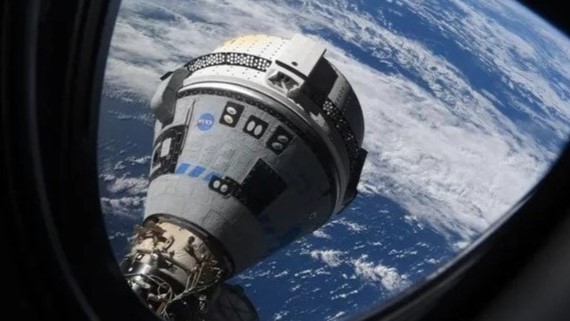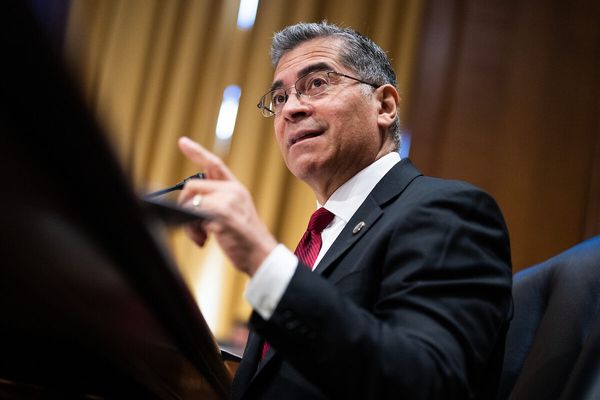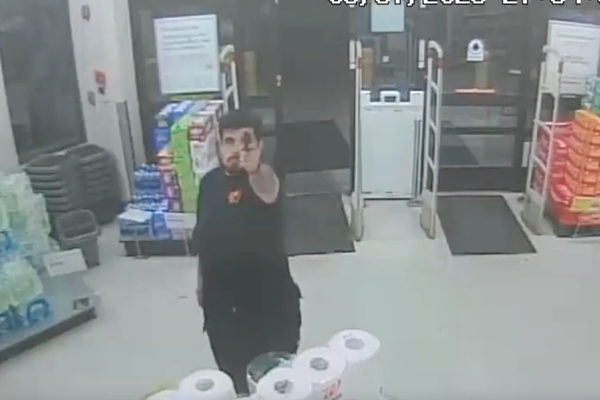
Astronauts aboard the International Space Station (ISS) have been forced to take shelter inside the docked Starliner spacecraft after a defunct Russian satellite broke apart in orbit, sending potentially dangerous debris racing around Earth.
The ISS's nine crew members — including the Boeing Starliner's stranded Butch Wilmore and Suni Williams — took cover for about an hour last night (June 27) shortly after 9 p.m. EDT (0100 GMT).
The astronauts took the precautionary measure following the breakup of the Resurs-P1 Russian Earth observation satellite, which shattered into more than 100 pieces near the space station on Wednesday (June 26).
"Mission Control continued to monitor the path of the debris, and after about an hour, the crew was cleared to exit their spacecraft and the station resumed normal operations," NASA said on the social platform X.
Obit-monitoring company LeoLabs first noticed the Resurs-P1 satellite, declared dead since 2022, breaking apart when it spotted a "debris-generating event in Low Earth Orbit" on June 26, according to a post on X. The U.S. Space Command said there were "no immediate threats" to other satellites. The exact cause of the satellite's breakup remains unknown.
Space junk in orbit above Earth is a growing problem for astronauts and satellites. Space agencies around the world try to keep tabs on the more than 30,000 of the largest pieces of junk, but many more pieces of debris are too small to monitor.
Scientists have proposed multiple ways of tidying up Earth's orbit, such as gathering junk up in nets, collecting it with clawed robots or firing a half-mile-long (0.8 kilometer) tether from another spacecraft to grab pieces of debris.
This recent event also highlights the risks faced by NASA and Boeing in completing its beleaguered Starliner mission, which left astronauts Wilmore and Williams stranded aboard the ISS following multiple issues with the spacecraft.
The two astronauts were originally due to return to Earth on June 13 after a week on the ISS, but their stay has been extended indefinitely after engineers discovered five separate helium leaks on the spacecraft's thruster system and failures to five of its 28 reaction-control system thrusters.
Due to limited fuel used in maintaining its orbit, Starliner can only stay docked for 45 days, so the window for a safe return flight continues to narrow.
NASA plans to keep the ISS operational through at least 2030. After that, the massive space station will be safely deorbited into Earth's atmosphere, before safely crashing into the ocean. Earlier this week, NASA awarded SpaceX a contract worth up to $843 million to help build a vehicle to safely deorbit the ageing space station.







